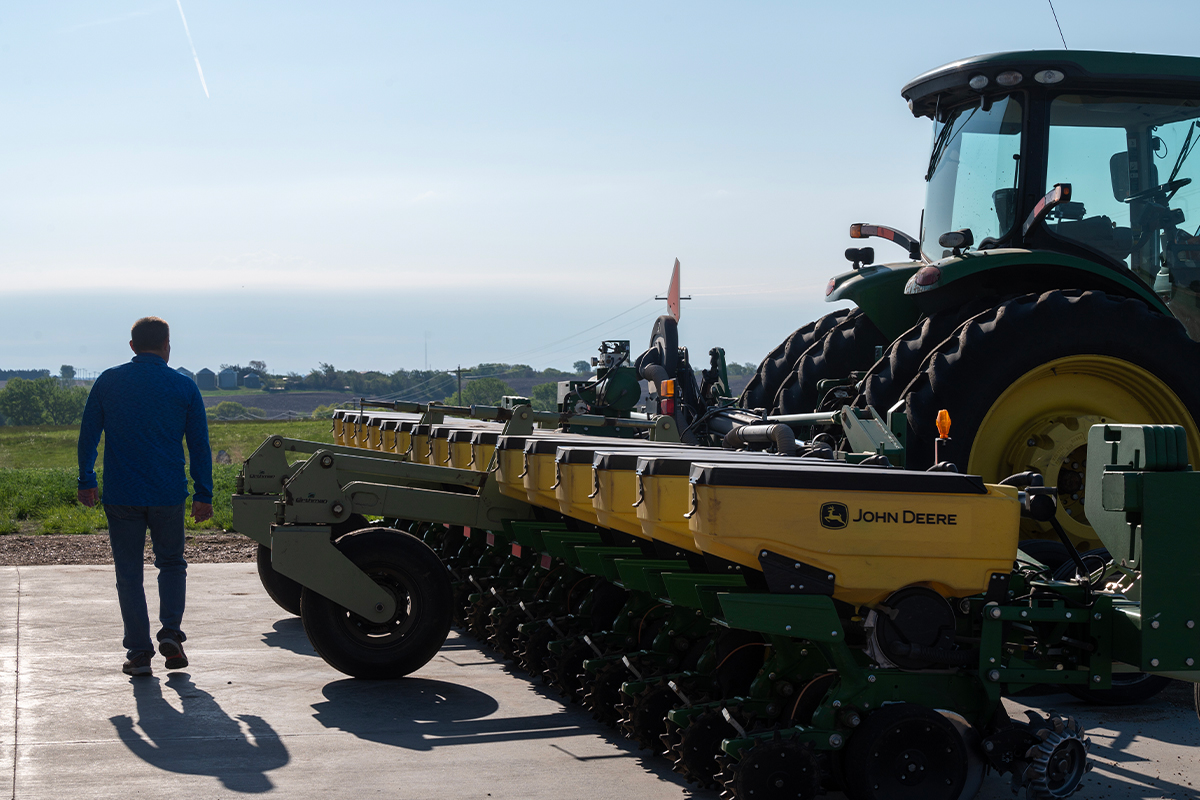Putting SCN to the Test

Harvest isn’t over yet. Rural areas are still bustling with the sights, sounds and smells from this year’s harvest. However, when the machines shut down for the last time and winter preparation begins, two things remain timely: soil fertility and soybean cyst nematode testing.
It’s time for the soil’s regular checkup. Time to see how your soils fared after whatever surprises happened this year. Along with soil testing, SCN testing provides valuable insight for the next year.
Greg Tylka, Ph.D. nematologist at Iowa State University and SCN Coalition expert, says there are four best practices when it comes to managing SCN:
- Soil sampling.
- Planting non-host crops.
- Planting resistant varieties.
- Using seed treatments.
Get to the Core
If you’ve ever wondered when to run tests for SCN, the best time is after harvest. Pulling samples for SCN tests with regular fertility test samples after a crop of soybeans is efficient and effective. Pulling soil samples in the fall in fields where soybeans will be grown next season is wise, too. If soil sampling doesn’t get done in the fall, collecting samples in the spring before a soybean crop also will tell you what’s in the soil and likely to affect the next soybean crop.
Testing frequency depends on a few factors.
“In the Midwest, every field in which soybeans will be grown should be tested for soybean cyst nematode if it has never been tested before,” says Tylka. “Once a farmer knows a field has it, then the SCN Coalition typically advises testing before every third soybean crop or once every six years.”
Rooting SCN Out
Adding non-host crops to your rotation will disrupt SCN cycles and lower populations. Tylka recommends planting alfalfa, cotton, peanuts, corn or other crops not that are not hosts for SCN that grow well in your area. Planting soybeans with seed treatments helps keep SCN counts low.
We’ve learned from herbicide resistance issues that relying on one mode of action to manage a pest is ineffective long term. Relying on one resistance variety to manage SCN yields similar results. For years, farmers have counted on resistance genes from the PI88788 breeding line to protect against SCN. An over-reliance has led to a growing percentage of soybean cyst nematodes being resistant to the resistance genes. As the SCN Coalition puts it, “Nematodes are becoming resistant to the resistance.”
Tylka says, “There are hundreds of SCN-resistant soybean varieties available, and they used to work very well. They are losing their effectiveness because almost all of the resistant soybean varieties over the past 25 years have had resistance from a single breeding line, PI88788. Using that single breeding line as a source for resistance genes for so many years has caused the nematode to become resistant to the resistance.”
According to the SCN Coalition, knowing your SCN population densities (numbers) is the first step in actively managing the No. 1 yield-grabbing pest. The SCN Coalition has resources for farmers facing SCN problems, including experts and testing labs. This map contains contact information for university experts available to help.
The SCN Coalition provides a list of SCN testing labs serving soybean farmers in your area. View the map and click on the dot in your state to find nearby labs. Your state soybean board is a good resource, too.
The SCN Coalition is a collaborative effort by the soy checkoff, NCSRP, Qualified State Soybean Boards and private industries to educate farmers on the growing threat from soybean cyst nematode. The coalition encourages farmers to follow best practices to avoid growing SCN populations in soybean fields.



